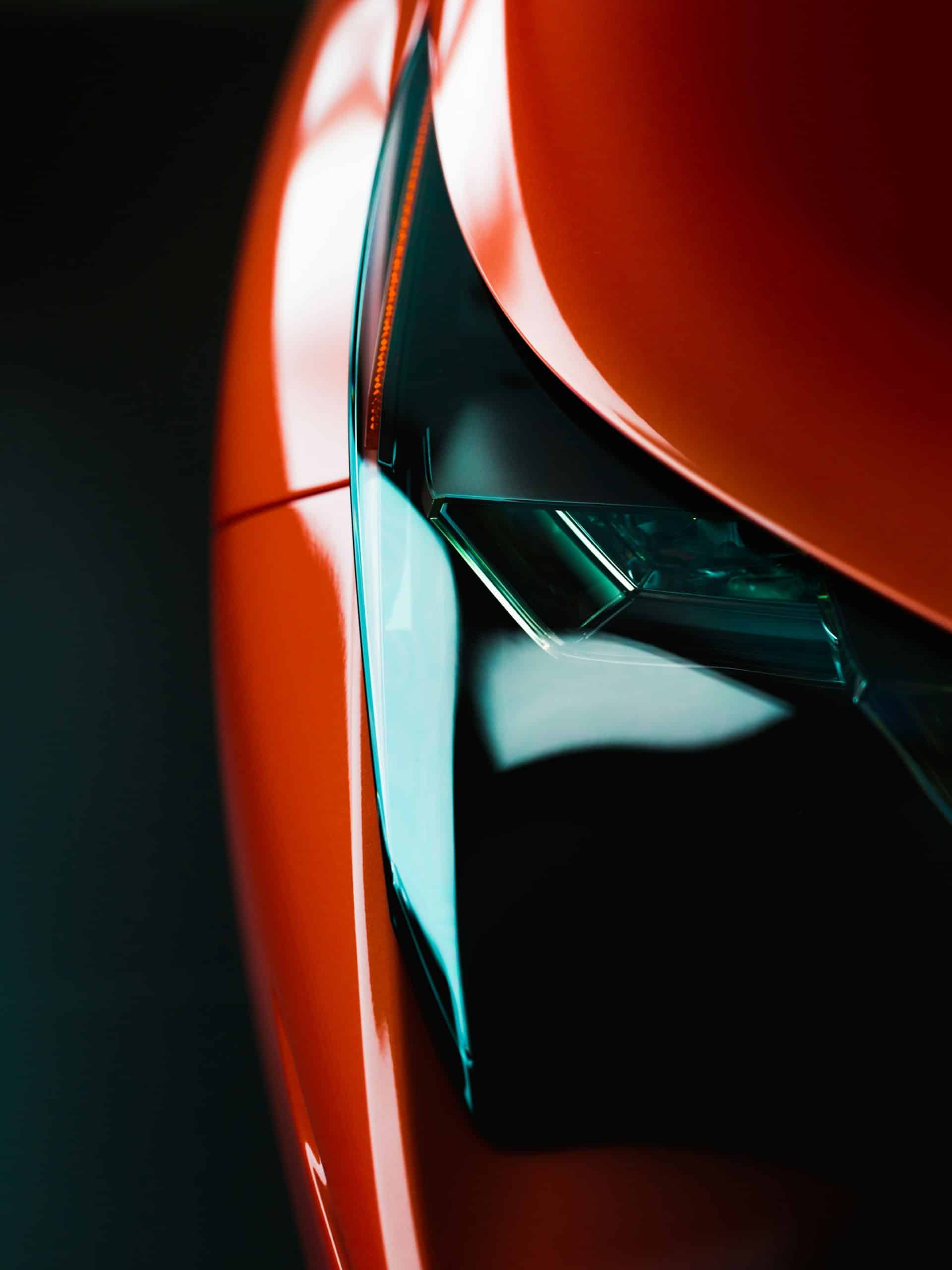You’re sitting in your Jaguar F-Type, gripping the sleek, leather-clad steering wheel, ready to take on the open road. You rev the powerful engine, the sound reverberating in the cool morning air. The moment your foot hits the gas pedal, you can feel the power of the vehicle surging beneath you, the AWD system ensuring that your car grips the road with an ironclad hold. But then you’re faced with a decision. You’ve been thinking about switching to a fully electric steering system. You’ve heard the reviews – mixed, to say the least. Some say it improves feedback, others lament the loss of the traditional hydraulic system. You’re left wondering, "Is it really beneficial to switch to a fully electric steering system in a Jaguar F-Type for improved feedback?"
The Current Hydraulic Steering System
The current steering system in your car is a hydraulic system, a time-tested design that has been in use in cars for decades. It uses a pump, driven by the engine’s power, to push fluid through a series of lines and valves to assist the steering.
A découvrir également : How to Apply a High-Level Ceramic Coat on a Ferrari F40 for Ultimate Paint Protection?
The hydraulic system offers a certain depth of ‘feel’ – a great sense of connection to the road. You can feel the resistance as you turn the wheel, the subtle vibrations that communicate the texture of the road, the weight of the car shifting from wheel to wheel. However, this system is not without its flaws. It is relatively inefficient compared to electric systems, it requires regular servicing and can leak, and drivers often report a slightly sluggish response time, particularly at low speeds.
The Propose of Fully Electric Steering Systems
Electric power steering (EPS), on the other hand, eliminates the need for the hydraulic pump and fluid. Instead, it uses an electric motor to assist the steering. When you turn the steering wheel, a sensor detects the motion and directs the motor to provide the necessary power.
Sujet a lire : Can You Increase the Efficiency of a Maserati GranTurismo with a Start-Stop System Retrofit?
This system offers a variety of benefits. Firstly, it’s more efficient than the hydraulic system. This means that it can offer a slight improvement in fuel economy – always a bonus in these times of escalating fuel prices. Secondly, the electric motor can be programmed to provide varying levels of assistance, depending on the speed of the car. This means it can provide more assistance at low speeds, making parking and maneuvering easier, and less assistance at high speeds, ensuring a firm, stable steering feel.
How it Impacts the Jaguar F-Type
Now, coming to the question at hand – how does an EPS system affect the Jaguar F-Type?
The Jaguar F-Type is a car renowned for its performance. Its powerful engine and agile handling have won it countless accolades, making it a favorite among car enthusiasts. So, when news broke about Jaguar potentially switching to EPS, there was some skepticism. Would it affect the performance of the car? Would it change the driving experience?
The reviews are in, and it seems that the EPS system is a largely positive addition to the F-Type. The steering feels light and responsive, especially at lower speeds. The feedback, while different from the hydraulic system, is still precise and informative. It conveys the necessary information about the road and the car’s handling, without the need for the driver to wrestle with the wheel.
The Verdict on Electric Steering Systems
So, is it beneficial to switch to a fully electric steering system in your Jaguar F-Type? It ultimately depends on your personal preference. If you value efficiency, ease of use, and modern technology, then the EPS system is a fantastic option. It provides the necessary feedback, without the maintenance requirements of a hydraulic system.
However, if you’re a die-hard fan of the classic hydraulic system, you may find the EPS lacking in depth. The feedback, while accurate, does not convey the same ‘feel’ as a hydraulic system. It’s a more ‘processed’ experience, with the computer taking the raw data and translating it for the driver.
In the end, the decision to switch to a fully electric steering system is a personal one. It comes down to what you value in a car, and how you wish to experience your drive. Whichever system you choose, rest assured that the Jaguar F-Type will deliver an exhilarating driving experience.
The Impact of EPS on the Jaguar F-Type’s Performance
As a car enthusiast, you’re well aware of the power and agility that the Jaguar F-Type offers. This car, having won numerous accolades for its performance, is known for its smooth manual transmission and commanding rear wheel drive. When word got out about the potential switch to a fully electric steering system, many questioned how this would affect the F-Type’s performance.
According to many car reviews, the electric power steering system appears to be a significant enhancement to the F-Type. The steering at lower speeds feels lighter and more responsive, a desirable feature for those tricky parking scenarios, or when navigating through urban environments. Despite being different from a hydraulic system, the feedback from an EPS remains accurate and informative. It provides necessary details about the road and the Jaguar’s handling without the need for the driver to engage in a wrestling match with the steering wheel.
With an EPS, the feedback might seem less ‘organic’ compared to a hydraulic system. However, the information relayed to the driver is precise, defying the traditional notion that electric steering systems offer ‘numb’ feedback.
The EPS system also provides an element of customization to the Jaguar F-Type. Depending on the car’s speed, the electric motor can be programmed to offer varying levels of assistance. The result is a firm, stable steering feel at high speeds, and an easier manoeuvrability at low speeds.
Conclusion: Is the Switch Worth It?
When weighing the pros and cons of a fully electric steering system, the verdict is subjective and largely depends on your personal preference.
For those who appreciate efficiency, modern technology, and ease of use, the EPS system is a worthy consideration. It promises a subtle improvement in fuel economy and an ease of handling, particularly at lower speeds. Moreover, the maintenance requirements for an EPS are significantly lower than its hydraulic counterpart.
However, for those who are loyal to the traditional feel of the hydraulic system, the EPS might fall short. It offers a more calculated experience, with the car’s computer system translating raw data into feedback for the driver.
In the end, whether you opt for a hydraulic system or an EPS, one thing remains certain – the Jaguar F-Type will continue to deliver an exhilarating ride, holding its place in the hearts of sports car enthusiasts. The option of an EPS simply opens up a world of choice for the discerning driver, allowing for a more personalized driving experience. Therefore, before making the switch, it’s worth taking a test drive to see if this system resonates with you. After all, the feel of the steering wheel and the connection with the road is an essential part of the pleasure of driving a Jaguar F-Type.






